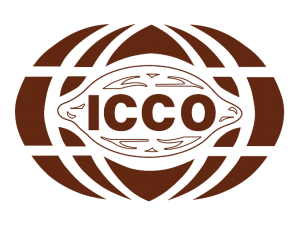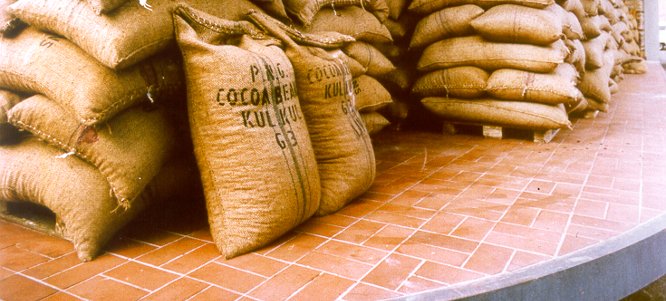Does market concentration cause poverty among cocoa farmers?
![]()
Is market concentration among large cocoa firms responsible for the widespread poverty among cocoa farmers? Probably not, according to a new report just published by SEO Amsterdam Economics (www.seo.nl/cocoa).
While market concentration in the sector has increased, particularly among cocoa processors, the report does not find evidence that this concentration is excessive, or that market power is being abused to keep prices artificially low.
Instead, they argue that there are two other key reasons why most cocoa farmers live in extreme poverty. The first is the fact that the productivity of cocoa farmers is very low, particularly in West Africa. The second is that there are many cocoa farmers without realistic alternative income options. As a result, these farmers continue to supply cocoa even at very low prices.
Training programmes aimed at raising productivity can help individual cocoa farmers produce more cocoa and thereby earn a better income. However, the SEO Amsterdam Economics report argues that this cannot be a sustainable solution for all farmers, because if the supply of cocoa rises faster than demand, this will lower the cocoa price even further.
The best way to get farmers out of poverty is through a ‘dual transition’ whereby some farmers invest in sustainably raising their cocoa productivity, while many other cocoa farmers will develop additional or alternative sources of income. Such a transition requires significant improvements in farmers’ access to information, training, infrastructure, and finance. This will make them less dependent on cocoa and will improve their bargaining position.
The report does not find evidence that a regulated price mechanism in producing countries leads to higher incomes for cocoa farmers than a liberalised price system. One key reason why the average farm-gate price is lower in regulated countries is that national cocoa boards take a high percentage out of cocoa export revenues, in some cases more than 50 percent. While part of these cocoa taxes are reinvested in the sector and in general public goods, this has not yet resulted in significantly higher productivity for cocoa farmers in these countries. One of the problems here appears to be the lack of transparency and efficiency of the allocated public reinvestments (e.g. in input distribution).
In countries with liberalised cocoa sectors (particularly Cameroon and Nigeria), there is some scope to raise farm-gate prices through increasing cocoa farmers’ bargaining power, including through stronger farmer organizations, as well as through increasing opportunities for earning alternative income options. As the case of Indonesia illustrates, having more realistic alternatives means that farmers can opt out of cocoa, which likely is one of the reasons why cocoa prices in Indonesia are higher (another reason is that the Indonesian tax system stimulates local cocoa processing).
In countries with regulated cocoa sectors (Ghana and Cote d’Ivoire), the main way to raise cocoa prices and yields is through improving the transparency, efficiency and effectiveness of the regulated system. One advantage of the regulated price system is that this provides some protection to cocoa farmers. Nevertheless, there is anecdotal evidence that farmers may not always receive the regulated price, and the regulated price is substantially lower than in liberalised countries. The report concludes, therefore, that regulated countries should increase transparency about the way regulated prices and cocoa taxes are determined, and about the way these cocoa tax revenues are spent. Finally, there might be scope to improve the quality of cocoa beans, and therefore potentially the price paid for these beans, through more effective public investments and incentives to produce higher quality cocoa.

